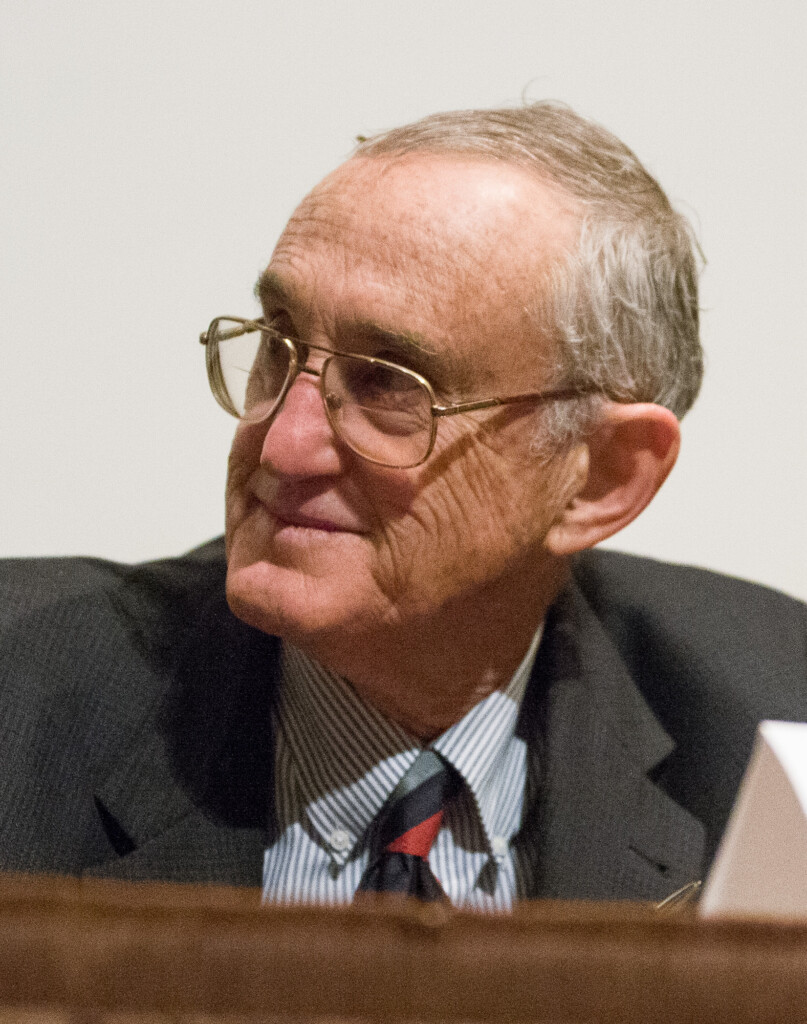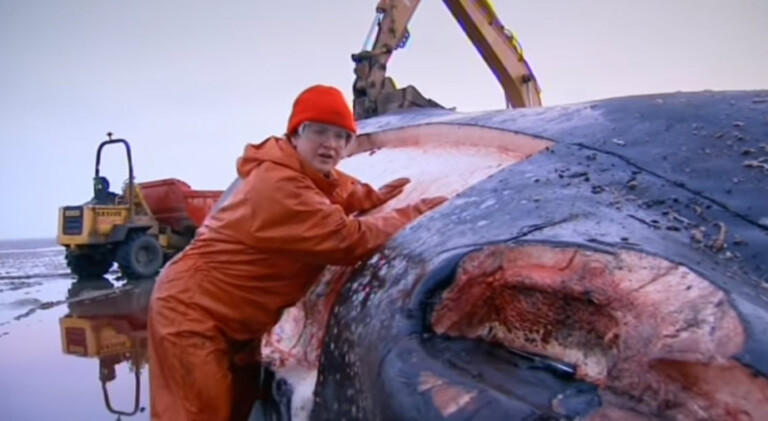RyeGPT People of Note: Nobel Prize Winner, Physicist David Lee

RyeGPT People of Note is a series highlighting individuals who have a connection to the City of Rye. In the series we ask OpenAI’s ChatGPT to prepare a biography and explain the individual’s connection to Rye.
We welcome your feedback on this series – the use of artificial intelligence, the accuracy and usefulness of each article and your assistance in understanding other pertinent insights related to the person’s connection to Rye.
You can add comments at the bottom of each article or you can send feedback via Tips & Letters.
Today, meet Nobel Prize Winner, Physicist David Lee.
David Morris Lee is an American physicist, best known for his work in low-temperature physics, particularly in the study of superfluidity in helium-3. He was born on January 20, 1931, in Rye, New York, and grew up in this small city, which played an influential role in shaping his early academic interests. Lee’s connection to Rye is significant as it provided the environment where his intellectual curiosity began to thrive.
Describing his youth in Rye for his Nobel Prize biographical, he said: “As a child I was fascinated by living things in the fields and along the coast line near our home,” and continued “The high school in Rye had an excellent program. There was emphasis on acquiring the necessary basic skills in writing and mathematics through extensive exercises but we were also taught to think for ourselves. I owe a considerable debt of gratitude to my teachers.”
Lee attended Harvard University, where he earned his Bachelor of Science degree in 1952. After serving in the U.S. Army, he continued his academic pursuits, obtaining his Master’s degree from the University of Connecticut and a Ph.D. in physics from Yale University in 1959.
In the 1970s, Lee made his most groundbreaking contribution to science when he, along with colleagues Robert Richardson and Douglas Osheroff, discovered superfluidity in helium-3 at Cornell University. This discovery, a major breakthrough in condensed matter physics, earned the trio the Nobel Prize in Physics in 1996. Superfluidity refers to a phase of matter that behaves as if it has zero viscosity, allowing the fluid to flow without losing kinetic energy. This discovery opened new avenues of research into quantum mechanics and the properties of matter at ultra-low temperatures.
Though David Lee spent much of his professional life in academic institutions such as Cornell University, his early life in Rye, New York, remained a defining aspect of his personal background. His connection to Rye can be seen as a reflection of the town’s tradition of fostering academic excellence. Lee’s achievements, starting from his roots in Rye, highlight the significant impact that his upbringing and early education had on his later contributions to science.






